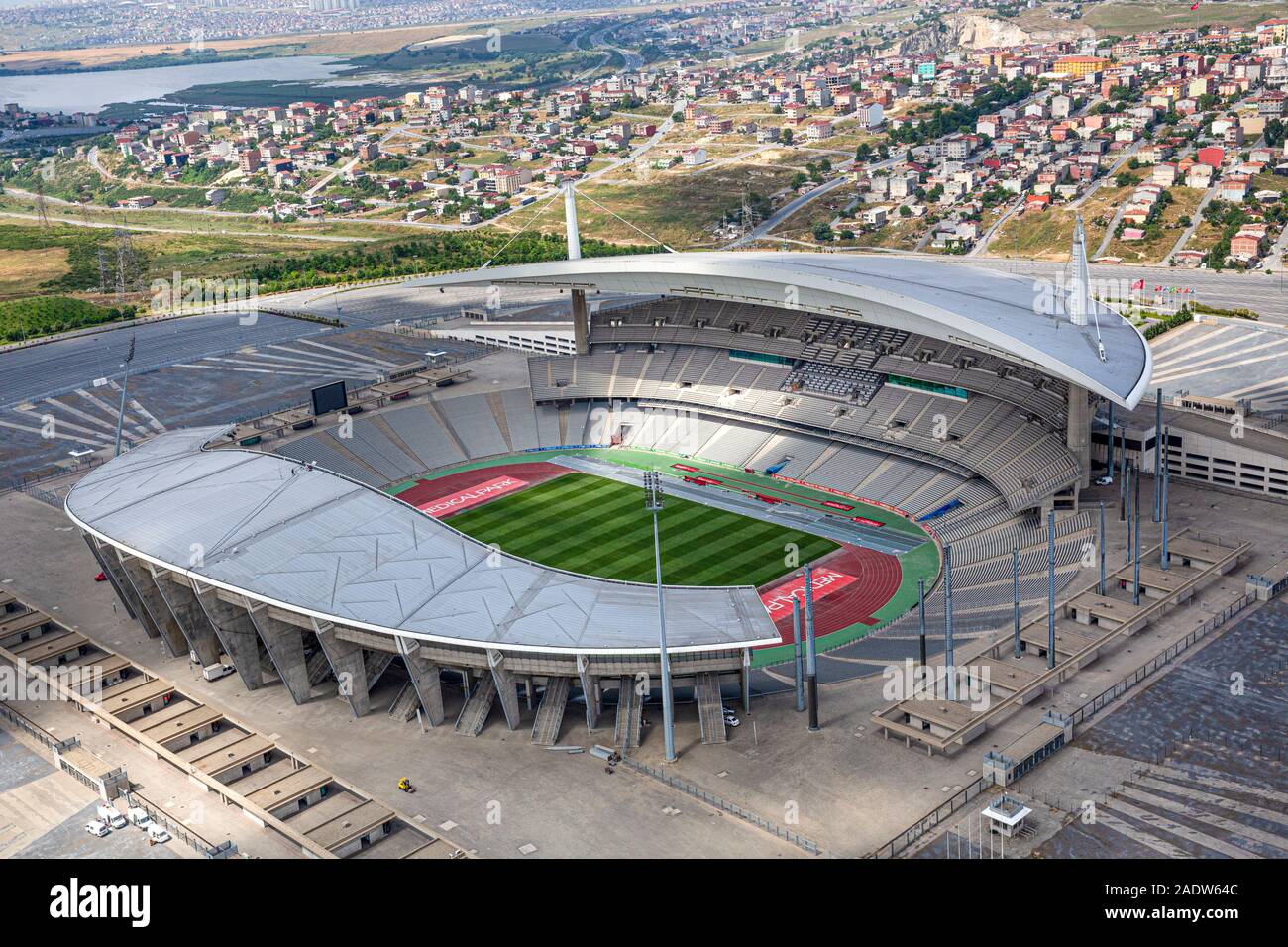
Istanbul, Turkey June 10, 2013; Aerial view of Istanbul Olympic stadium (Ataturk Olympic
The field of dreams - and the stands around it. Set towards Istanbul's main airport, by the main TEM highway towards Edirne and the Greek border, the crescent-shaped Atatürk Olympic Stadium was built at a cost of $140 million between 1999 and 2002. It is best known as the venue where Liverpool made a remarkable comeback to win the.

Vista Aérea Del Estadio Olímpico De Istanbul Foto de stock y más banco de imágenes de Abierto
Immortalised as the scene of the 2005 Champions League final between Liverpool and AC Milan, the Atatürk Olympic Stadium has undergone extensive renovations in the lead-up to this season's long.
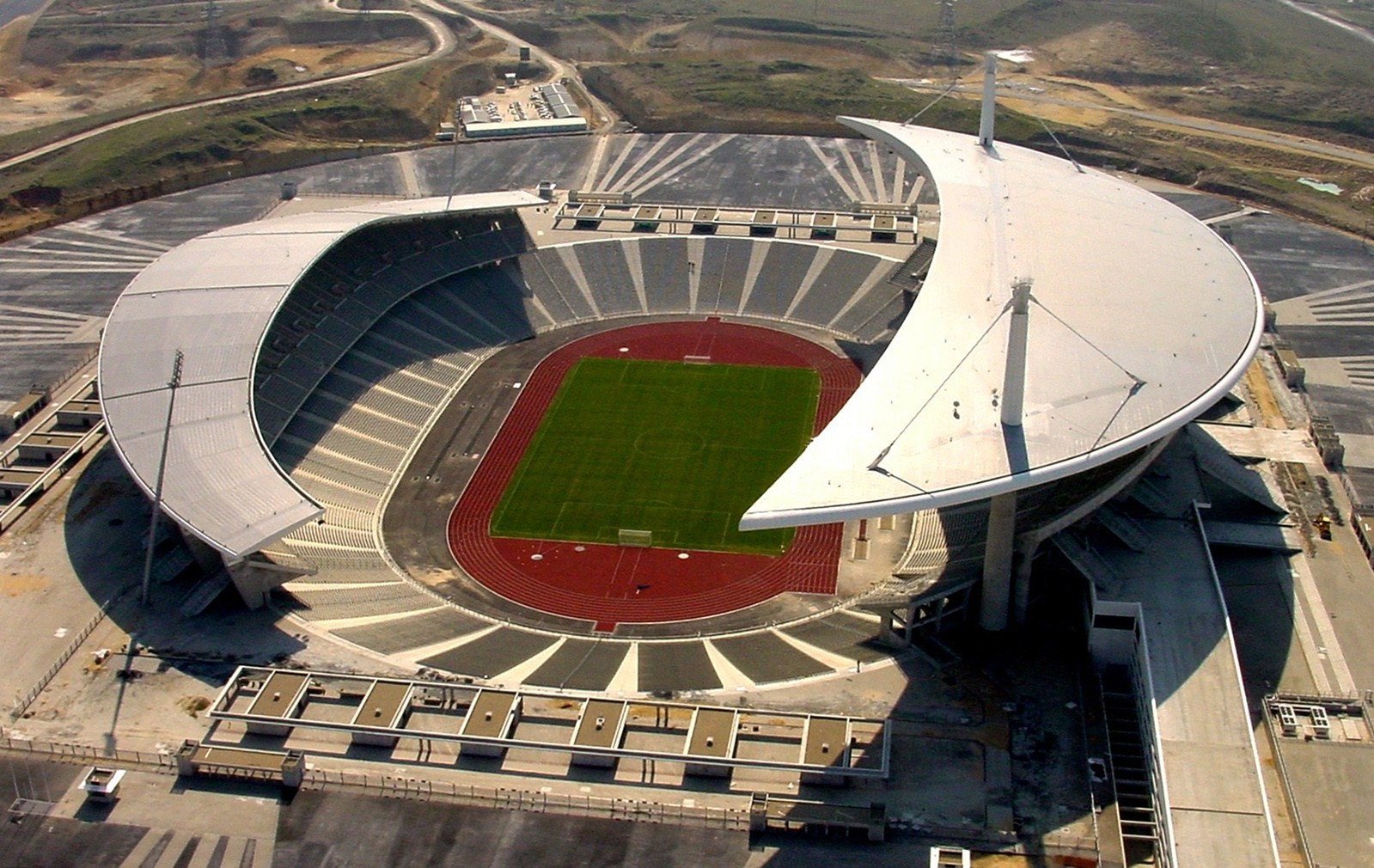
Istanbul to host 2020 Champions League Final Daily Sabah
Atatürk Olympic Stadium is a multi-purpose sports venue located in the Ikitelli district of Turkey's largest city, Istanbul. With a current capacity of 76,092 it is also the largest stadium in the country having originally been built as the centrepiece of a failed 2008 Summer Olympics Bid.

Atatürk Olympic Stadium Stadium Base
The grandiosity of Istanbul's Atatürk Olympic Stadium can be credited to the creative vision of architect Michel Macary. Construction of the stadium began in 1999 and was completed in 2002. With a seating capacity of over 76,000, the stadium was designed to be a multi-functional venue, capable of hosting various sports events, concerts, and.
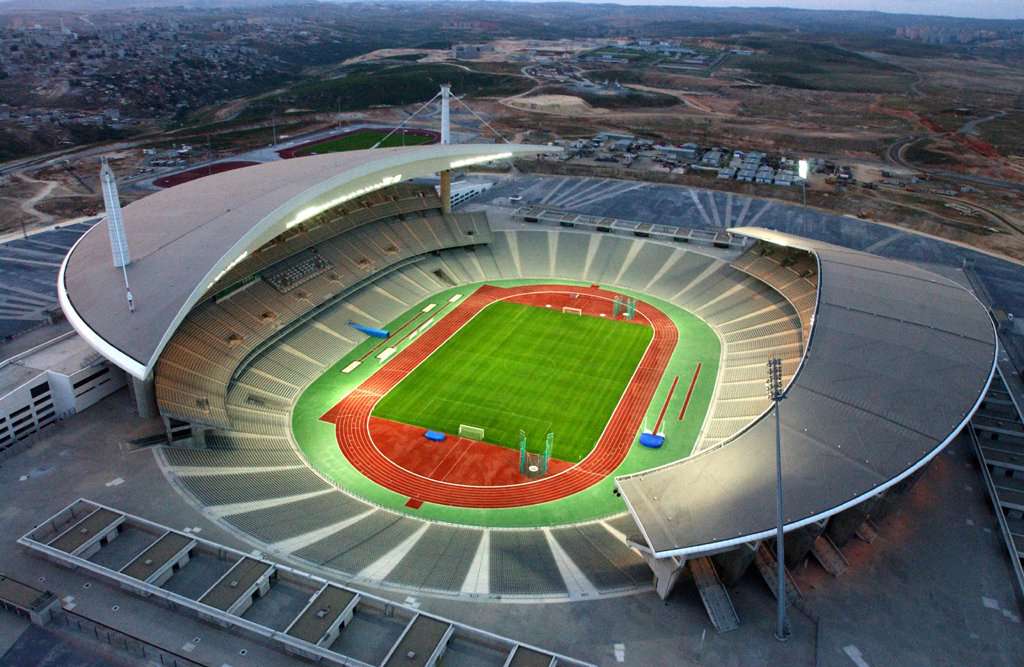
Atatürk Olympic Stadium History, Capacity, Events & Significance
San Clemente ( / ˌsæn kləˈmɛnti /; Spanish for "St. Clement" [6] Spanish: [saŋ kleˈmente]) [7]) is a city in Orange County, California, United States. Located in the Orange Coast region of the South Coast of California, San Clemente's population was 64,293 in at the 2020 census. [5]
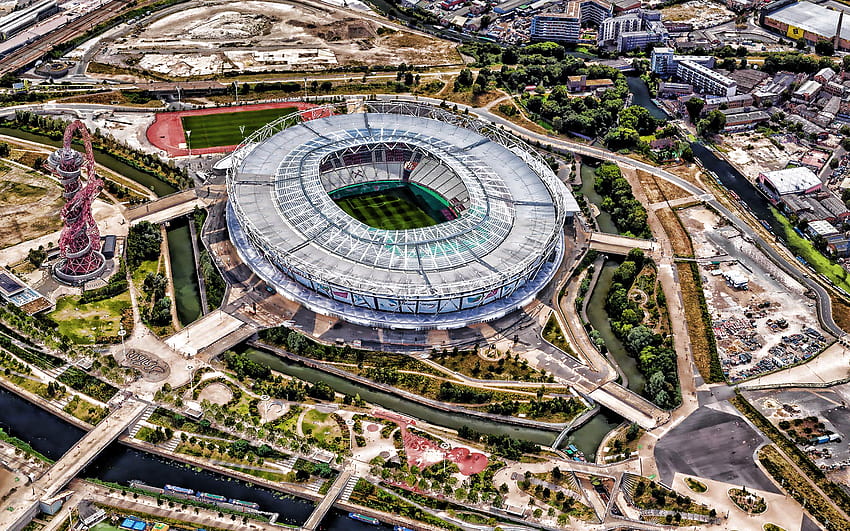
Atatürk Olympic Stadium, R, aerial view, turkish stadiums, Istanbul, Ataturk Olimpiyat Stadi
The Atatürk Olympic Stadium is a sports stadium in Istanbul, Turkey. It has a seating capacity of 76,092. This makes it the biggest stadium in the country. Building began on the stadium in 1997. It was completed in 2002. It mostly plays host to football matches. It is the home stadium of the Turkey national football team, and formerly to Galatasaray, Beşiktaş and İstanbul Başakşehir.
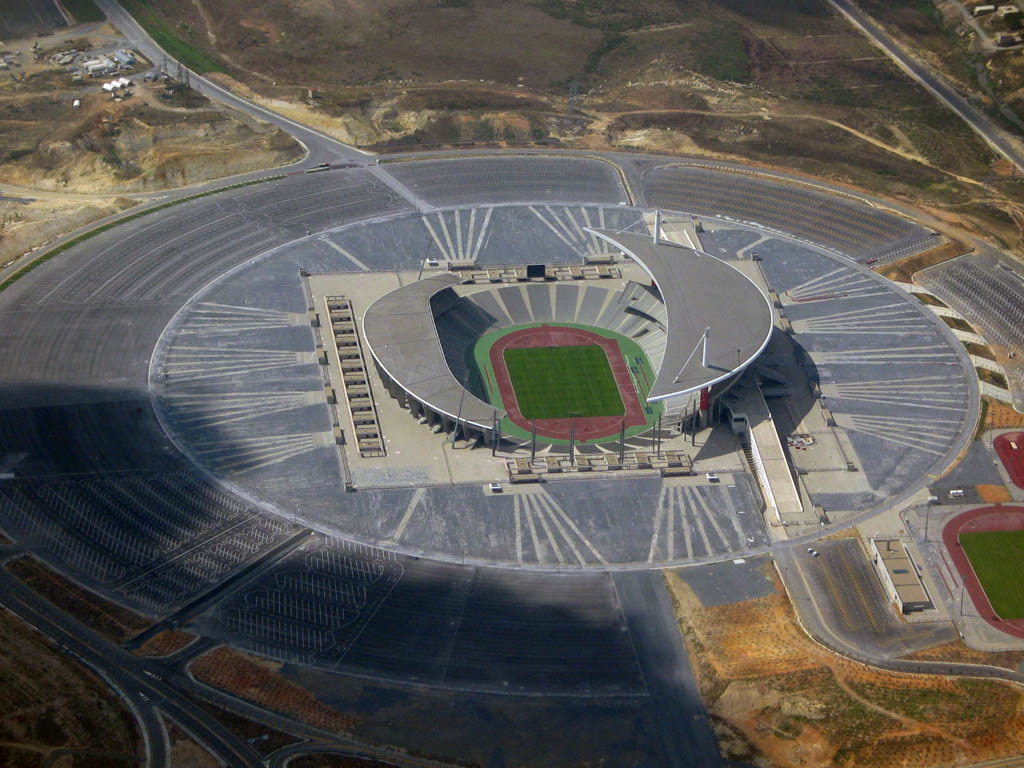
Atatürk Olympic Stadium Istanbul2020 architecture stadium Pi…
Stadium Name: Ataturk Olympic Stadium. Location: Istanbul, Turkey. Team: N/A. Built: 2002. Capacity: 75,145. Due to host the 2020 final before COVID-19 struck, the Ataturk Olympic Stadium will finally get the chance to host its second Champions League final in May 2021. Situated on the outskirts of Istanbul, the five-star sports complex is.
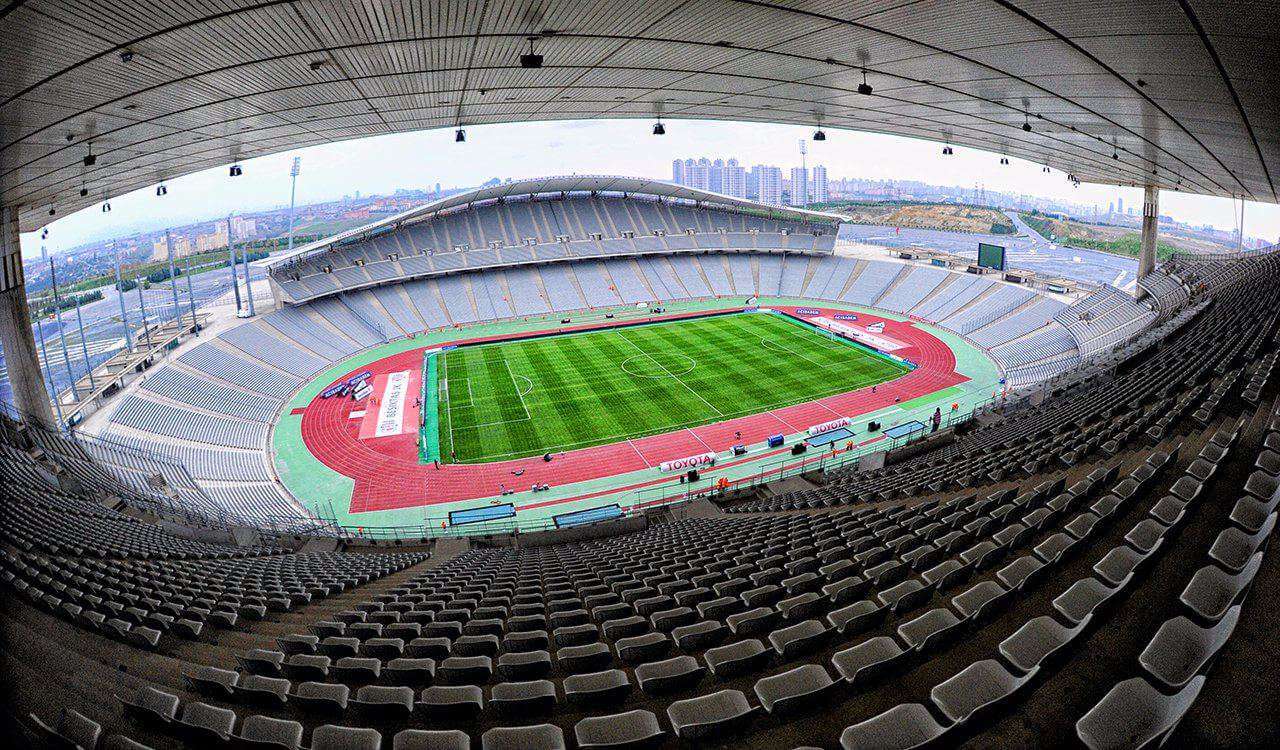
Atatürk Olympic Stadium History, Capacity, Events & Significance
Ataturk Olympic Stadium capacity and origin of its name. Constructed as a part of Turkey's bid for the 2008 Olympics, which eventually failed, the Ataturk Olympic Stadium can seat over 76,000 people. It gets its name from Mustafa Kemal Ataturk, the founder and first President of Turkey. It was granted the "5-star sports complex" status by.

Ataturk Olimpic Stadium Istanbul YouTube
The Atatürk Olympic Stadium (Turkish: Atatürk Olimpiyat Stadyumu, pronounced) is a stadium in Istanbul, Turkey.Located in the western district of Başakşehir, it is the largest-capacity stadium in the country. The stadium is named after Mustafa Kemal Atatürk, the founder and first President of the Republic of Turkey.Its construction began in 1999 and was completed in 2002.
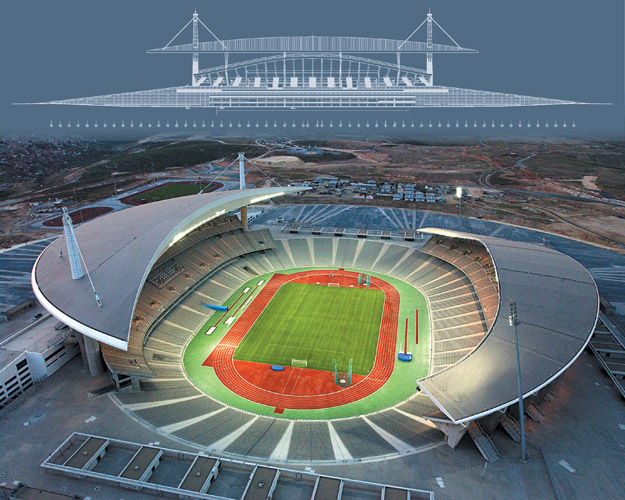
Ataturk Olympic Stadium (Turkey) Vagabond Summer
The Atatürk Olympic Stadium is a stadium in Istanbul, Turkey. Located in the western district of Başakşehir, it is the largest-capacity stadium in the country. The stadium is named after Mustafa Kemal Atatürk, the founder and first President of the Republic of Turkey. Its construction began in 1999 and was completed in 2002. It was originally built for Turkey's bid for the 2008 Olympic.
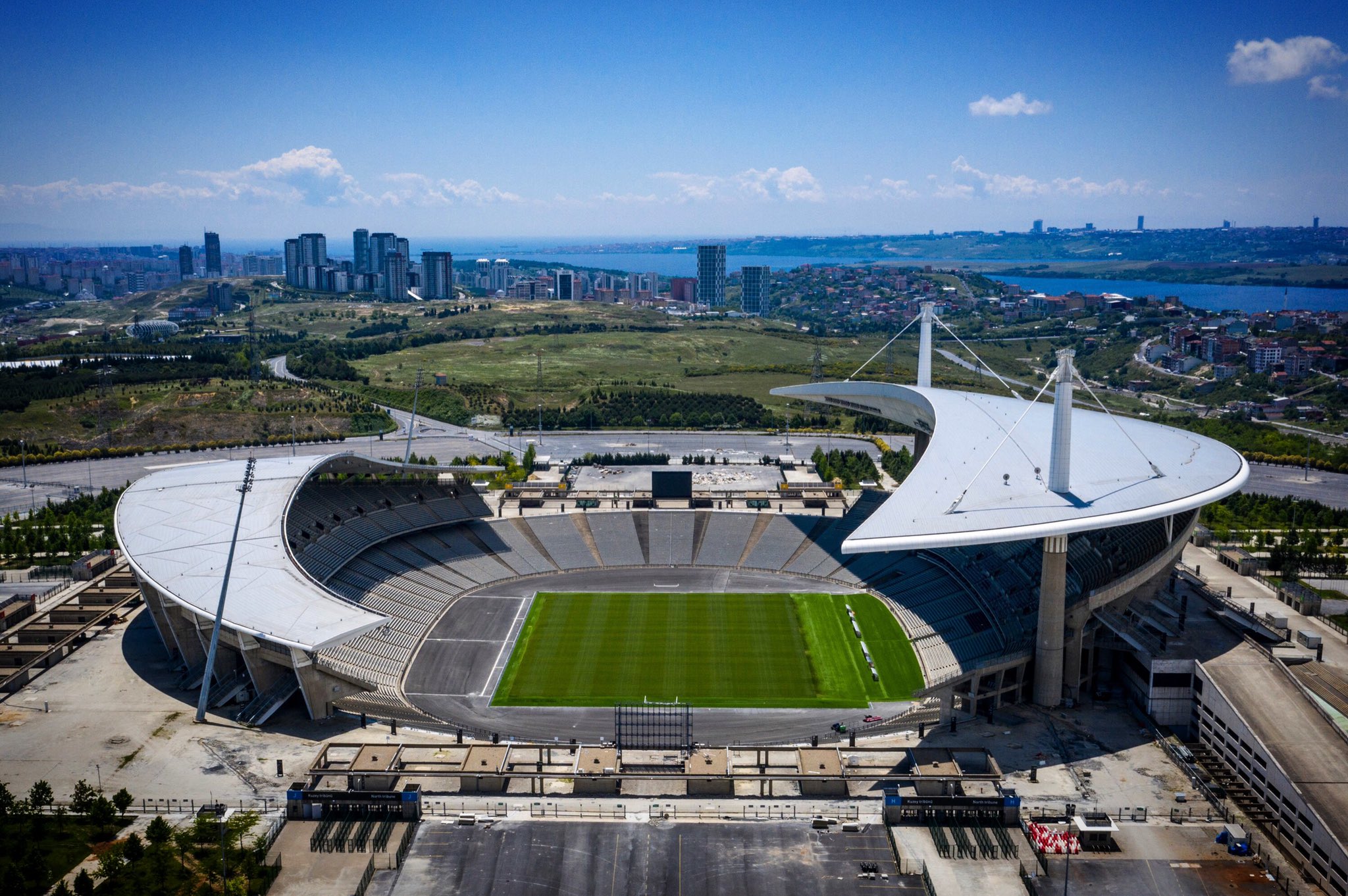
Atatürk Olympic Stadium, il teatro della finale della prossima Champions League
Browse 21,107 atatürk olympic stadium photos and images available, or start a new search to explore more photos and images. Showing Editorial results for atatürk olympic stadium. Search instead in Creative? This picture taken on September 21, 2018 shows a general view of Ataturk Olympic Stadium in Istanbul. - On September 27, UEFA will.

Atatürk Olympic Stadium Stadium Base
Atatürk Olympic Stadium History. The Atatürk Stadium is relatively young by Turkish standards, with construction having got underway in 1997 before being opened five years later. It was part of Turkey's ultimately doomed bid to host the 2008 Summer Olympic Games, which they eventually missed out on to Beijing..
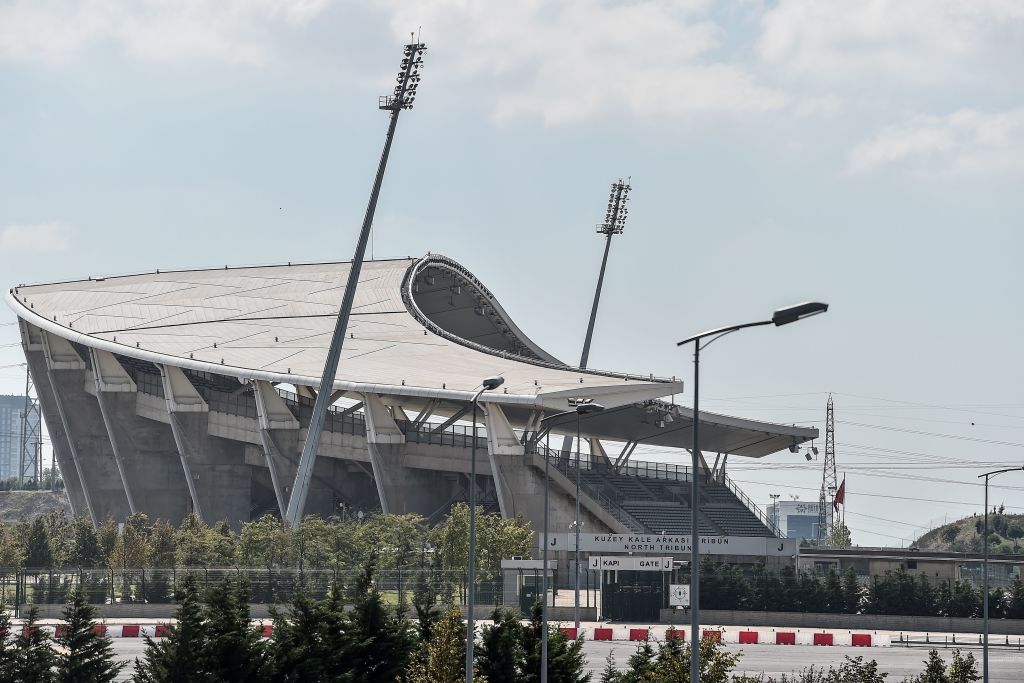
Stadium Guide Ataturk Olympic Stadium World Soccer
Outside of Atatürk Olympic Stadium, pictured in 2009. The Atatürk Olympic Stadium ( Turkish: Atatürk Olimpiyat Stadı) is a sports stadium in Istanbul, Turkey. It has a seating capacity of 76,092. This makes it the biggest stadium in the country. Building began on the stadium in 1997.
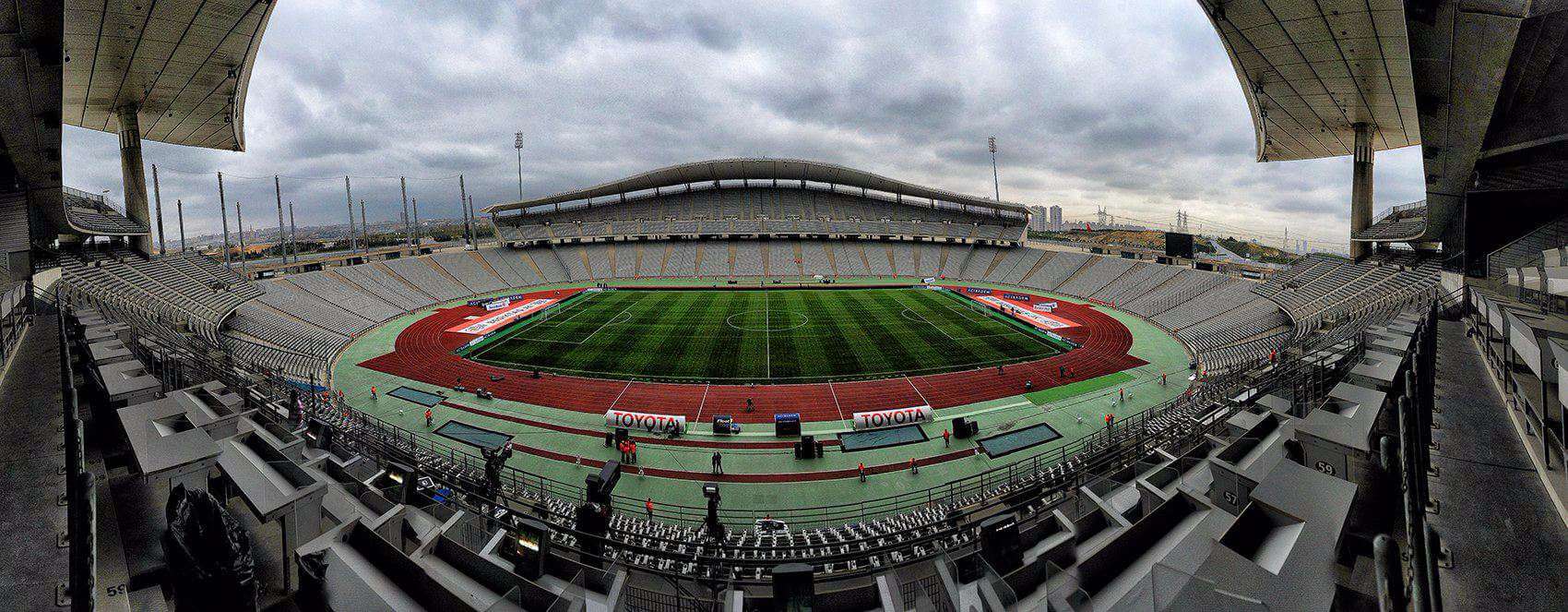
Atatürk Olympic Stadium History, Capacity, Events & Significance
What makes Atatürk Olympic Stadium stand out from other stadiums in Europe. One of the key factors that sets the Atatürk Olympic Stadium apart from other European stadiums is its historical significance. As a tribute to Mustafa Kemal Atatürk, the founder of modern Turkey, the stadium represents the country's progress and national pride.

Atatürk Olympic Stadium Stadium Base
The Atatürk Olympic Stadium's capacity is 75.145. All of the spectators have a full-view of the matches. The distrubution of the spectators, according the directions, is : East stand :25.522 persons West stand : 25.522 persons. North stand : 11.262 persons ( Behind of the goal )

UEFA boss hopes to complete Champions League by end of August Daily Sabah
The Ataturk Olympic Stadium located in İkitelli, a district in the western outskirts of Istanbul, is the largest-capacity stadium of Turkey. The stadium is named after Mustafa Kemal Atatürk, the founder and first President of the Republic of Turkey. Its construction began in 1999 and was completed in 2002.